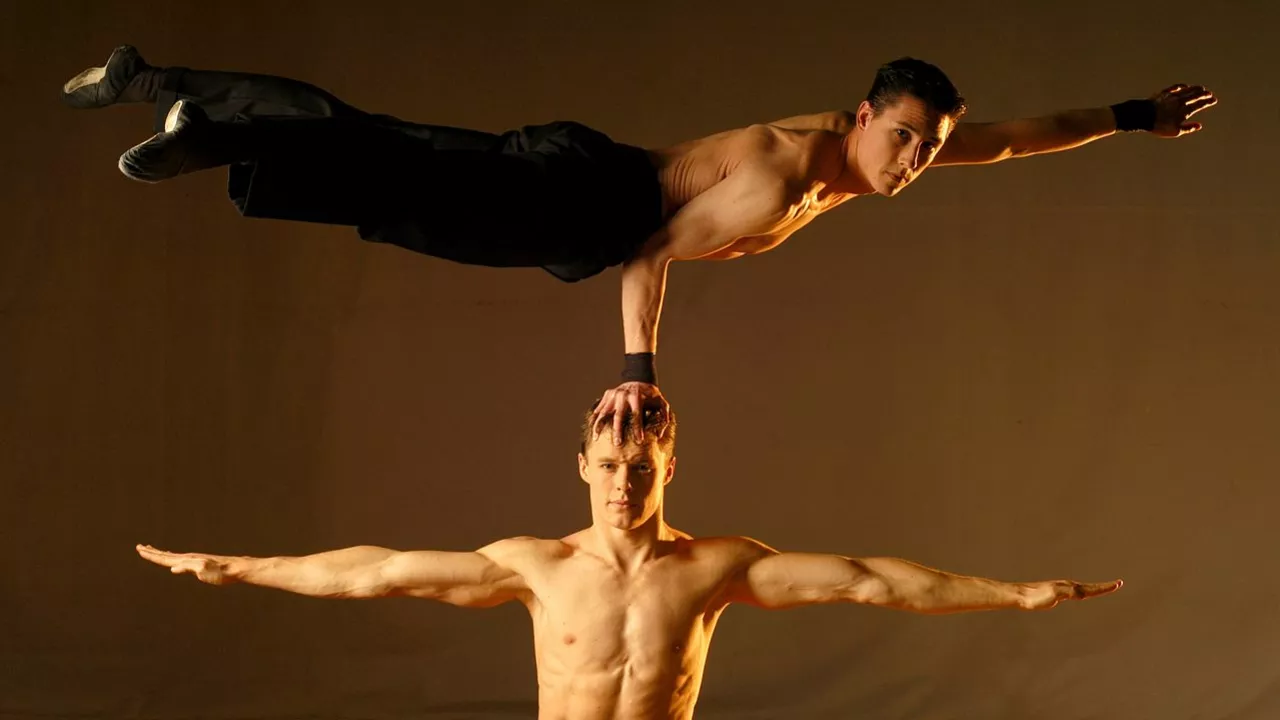Height: Why It Matters in Acrobatics, Sports and Circus
When you think about soaring through the air, the first thing that comes to mind is often the height you reach. Whether you’re a trapeze artist, a boxer stepping into the ring, or a tennis player chasing a ball, height shapes how you move, what you can do, and how you look to the audience.
On this tag page we collect stories that all touch on height in one way or another. From the towering jumps of circus performers to the reach advantage of heavyweight fighters, each article shows a different side of the same idea.
Height in Acrobatics and Aerial Acts
Acrobats rely on precise body control, and the height of a swing or a lift changes the timing completely. A taller performer may need a longer rope to get the same speed as a shorter partner, while a shorter athlete might find it easier to spin faster. That’s why many circus schools tailor their training to each student’s build. The "What are the most interesting circus acts?" post talks about trapeze artists who literally fly high above the crowd, and the height of their platform determines how dramatic the drop feels.
If you ever wondered whether age limits you, the "Is 25 too old to start training for Cirque du Soleil?" article points out that height isn’t a barrier – you can use your natural stature to your advantage at any age.
Height in Sports and Performance
In boxing, a few inches can be the difference between a jab that lands and one that misses. The "Canelo vs Crawford" story notes how each fighter’s height and reach play into their strategy, with one using longer arms to control distance and the other relying on speed to get inside.
Tennis is another great example. Novak Djokovic’s height gives him a powerful serve, but it also means he has to work harder on low, quick shots. The French Open piece discusses how his stature affects his game on the clay courts.
Even outside the ring, height matters in performance arts. Beijing Opera actors train for years to master acrobatic moves that require both flexibility and the right body length to fit traditional costumes and stage space.
All these pieces share a common thread: height influences technique, safety, and visual impact. Understanding your own height and how it interacts with the activity you love can help you train smarter and perform better.
So whether you’re planning your first aerial class, scouting a fight, or just curious about why some performers look so much bigger on stage, think about height as a tool, not a limit. Use it to shape your training, choose the right gear, and wow your audience every time you step into the spotlight.

Are acrobats tall?
In exploring the topic of acrobat heights, I've found that there's no one-size-fits-all answer. Acrobats come in all shapes and sizes, and their height doesn't necessarily determine their abilities. Many successful acrobats are not particularly tall, as agility, strength, and balance often hold more importance in their craft. However, being tall can be advantageous in certain acrobatic disciplines. So, while height might be a factor, it's certainly not a prerequisite in the world of acrobatics.
Read More